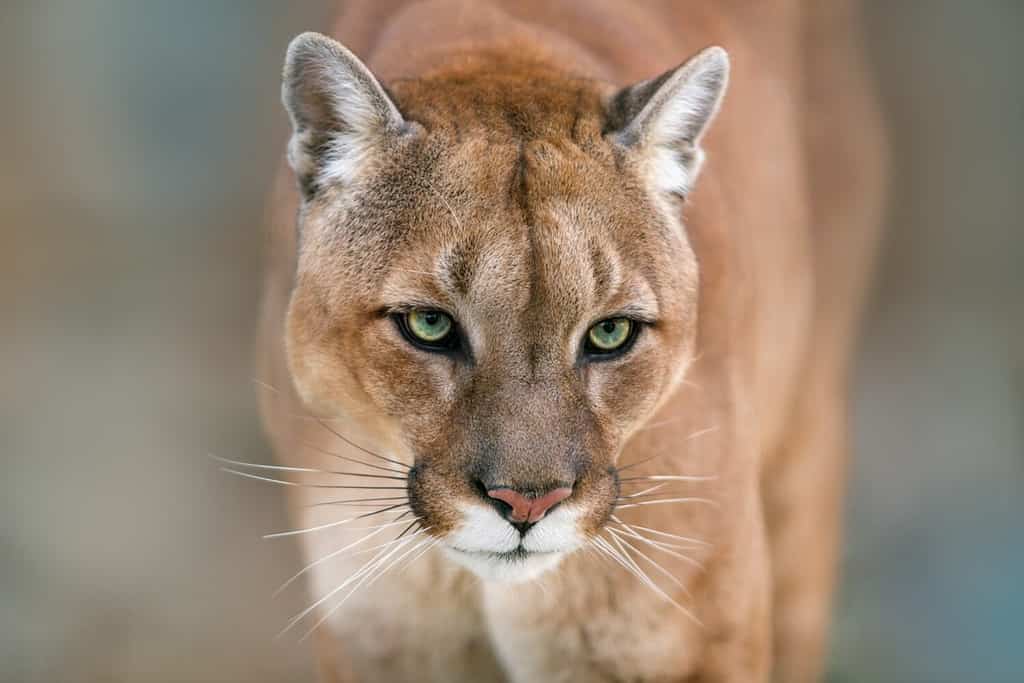The sheer physicality of this contest is staggering! The clip shows a female puma attempting to hunt a guanaco. The prey is not giving in easily and the battle is fierce. The stakes are high for both animals. Clearly, if the guanaco loses it means certain death. At the same time, the puma is risking serious and potentially fatal injuries. Watch until the end to see who wins this particular battle.
Watch the Incredible Action Now
Where Are Pumas Normally Found?
This spectacular footage was captured in the Torres del Paine National Park in Chile. This is one of the best places to spot them and there are several puma spotting tours that you can join. They like to live in mountainous and forested areas as well as in grasslands, dry brush country, and swamps. Pumas prefer areas where they can access dense vegetation and caves where they can shelter.
These predators mainly feed on guanacos and are experts at catching them. Although, as you see in this clip, some are more of a challenge than others! They also feed on rheas, maras, and small rodents. Pumas have also been seen stealing domestic livestock which brings them into conflict with local farmers. This can hamper conservation efforts.
What Do Pumas Normally Look Like?

Pumas are slender big cats with a yellow-brown coat.
©Kwadrat/Shutterstock.com
Pumas are large and slender cats. Their coat is short and coarse and is usually yellow-brown. In contrast, their throat and chest are white. They have a long tail but short and muscular limbs. The males are larger than the females and can reach 60 inches in length and 250 pounds.
How Do Pumas Normally Hunt?
These are solitary hunters who rely on vision, smell, and hearing to locate prey. Hunting takes place within their home range and they hunt alone. Quietly, they stalk their prey remaining hidden in vegetation and rocks. When they are close, they strike. As you can see in this clip, the attack is aimed at the animal’s neck. The puma tries to deliver a powerful bite just below the base of the target’s skull. Of course, that is not always easy!
Sometimes, they feed straight away but at other times they hide the carcass so that they can return to it later. They are usually the top predators in their area and are only preyed on themselves if they are young, old, or sick.
The photo featured at the top of this post is © Holly S Cannon/Shutterstock.com
Thank you for reading! Have some feedback for us? Contact the AZ Animals editorial team.







